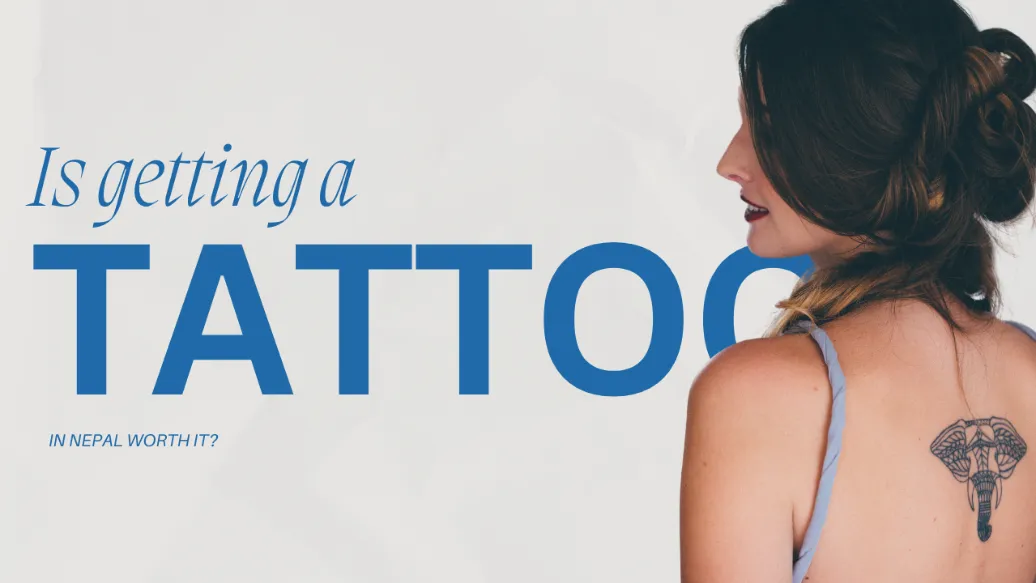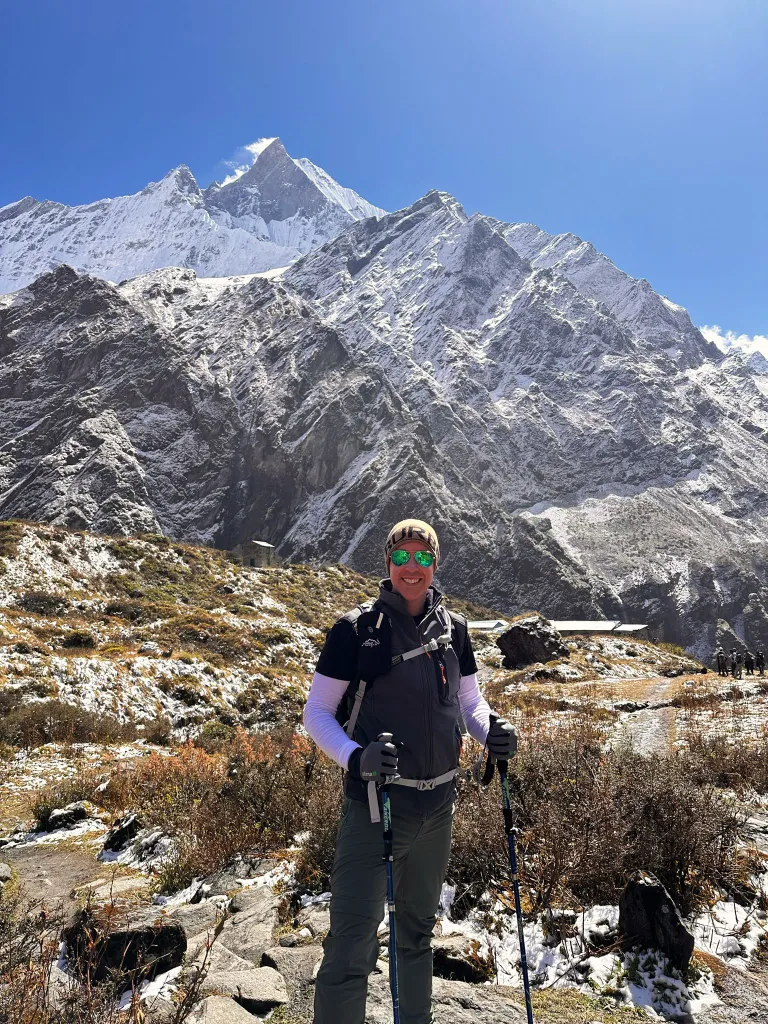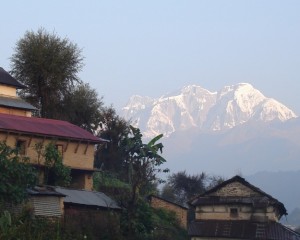A Complete Guide to Mera Peak Climbing
You want to add spice to your adventure journey. How about the Mera Peak Climbing? It is an enticing journey with its towering height and stunning Himalayan vistas.
In Nepal's Khumbu region, Mera Peak stands at 6,476 meters (21,247 feet), which is a challenging yet rewarding experience. But Mera Peak is more than just a mountain; it shows exploration and cultural significance.
Join us as we explore the journey of Mera Peak climbingâa way to human determination and the beauty of the Himalayas.
Highlights and Overview of Mera Peak
- Breathtaking Views: Summiting Mera Peak for panoramic views of the world's highest peaks, including Everest, Lhotse, and Makalu.
- Adventure and Challenge: A thrilling journey that combines trekking through pristine landscapes with the excitement of high-altitude climbing.
- Cultural Immersion: Experience the rich Sherpa culture and hospitality as you trek through traditional villages and monasteries en route to the peak.
- Achievement and Inspiration: Conquering Mera Peak is a challenge for your physical and mental strength

Mera Peak is Nepal's highest trekking peak, standing at 6,476 meters, and is a destination for adventurers worldwide. It offers a challenging yet accessible climb ideal for both experienced mountaineers.
The journey to Mera Peak begins with a scenic trek through lush forests, alpine meadows, and remote Sherpa villages of Everest region. It provides immersion in the region's natural beauty and cultural heritage.
While Mera Peak's ascent requires basic mountaineering skills and proper acclimatization, it rewards climbers with a sense of accomplishment and awe-inspiring views that few other treks can match.
How do you start with the Mera Peak climbing?
When planning your Mera Peak expedition, several important aspects to ensure a safe and successful climb.
Best Time to Climb Mera Peak
Choosing the right time to climb Mera Peak is crucial for favorable weather conditions and reducing risks. Generally, the best seasons for climbing are spring (March to May) and autumn (September to November). During these times, the weather is typically stable, with clear skies and moderate temperatures.
Required Permits and Regulations
Climbing Permit for Mera Peak
- Permit Issuer: Climbing permits for Mera Peak are issued by the Nepal Mountaineering Association (NMA) or the Department of Tourism (DoT) in Nepal.
- Application Process: Climbers can obtain a climbing permit through a registered trekking agency in Nepal. The agency will handle the permit application process on behalf of the climbers.
- Permit Fee: The climbing permit fee varies depending on the season and nationality of the climber. It is essential to check the latest permit fees and regulations before applying.
Sagarmatha National Park Entry Permit:
- Permit Issuer: Entry permits for Sagarmatha National Park, where Mera Peak is located, are issued by the Department of National Parks and Wildlife Conservation.
- Application Process: Trekkers can obtain permits at the National Park entry gate in Monjo or through registered trekking agencies in Nepal.
- Permit Fee: The entry permit fee for Sagarmatha National Park is based on the duration of stay and nationality of the visitor. It is important to carry the permit at all times during the trek.
TIMS Card (Trekkers' Information Management System):
- Permit Issuer: The TIMS card is issued by the Nepal Tourism Board (NTB) or Trekking Agencies Association of Nepal (TAAN).
- Application Process: Trekkers must apply for the TIMS card through a registered trekking agency in Nepal or directly at the NTB or TAAN office in Kathmandu or Pokhara.
- Permit Fee: The TIMS card fee varies for individual trekkers and organized groups, with different rates for independent trekkers and those traveling with a guide.

Physical Fitness and Training
Being physically and mentally prepared is key to tackling the challenges of Mera Peak. A good level of physical fitness is essential to cope with the high altitude and rugged terrain.
Training should focus on cardiovascular exercises, strength training, and altitude acclimatization. It's advisable to start training several months before the expedition to build stamina and prepare the body.
Gear and Equipment
Essential Gear Checklist
- Backpack
- Trekking Poles
- Sleeping Bag
- Sleeping Pad
- Tent
- Headlamp
- Water Bottles/Hydration System
- Water Purification Tablets/Filtration System
- First Aid Kit
- Sun Protection (Sunglasses, Sunscreen)
- Navigation Tools (Map, Compass)
- Personal Toiletries
- Multi-tool/Knife
- Emergency Shelter
Recommended Clothing and Footwear
- Base Layers
- Insulating Layers (Fleece Jackets, Down Jackets)
- Outer Shell (Waterproof/Windproof Jacket and Pants)
- Trekking Pants/Shorts
- Hiking Boots
- Socks
- Gloves
- Hat
- Buff/Neck Gaiter

Technical Equipment for Climbing Mera Peak
- Mountaineering Boots
- Crampons
- Ice Axe
- Climbing Harness
- Climbing Helmet
- Climbing Rope
- Ice Screws/Snow Anchors
Tips for better Mera Peak Climbing
- Focus on cardio, strength, and altitude training.
- Take time to adjust to the altitude during the trek.
- Bring only essential gear to minimize weight.
- Eat and hydrate adequately for energy and acclimatization.
- Dress in layers to adapt to changing weather.
- Wear sturdy, well-fitting boots.
- Trust their expertise and guidance.
- Learn basic rope techniques beforehand.
- Be flexible and embrace the journey.
- Leave no trace and respect local culture.

Concluding this blog, the Mera Peak climbing expedition is a thrilling adventure that requires careful planning, physical preparation, and respect for the mountain environment. You can increase your chances of a safe and successful summit experience.
Mera Peak climbing expedition with Nepal Vision Trek adds an extra layer of assurance and expertise to your adventure. So, prepare diligently, stay safe, and savor every moment of your Mera Peak climbing expedition.
FAQS







